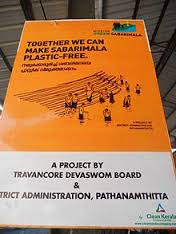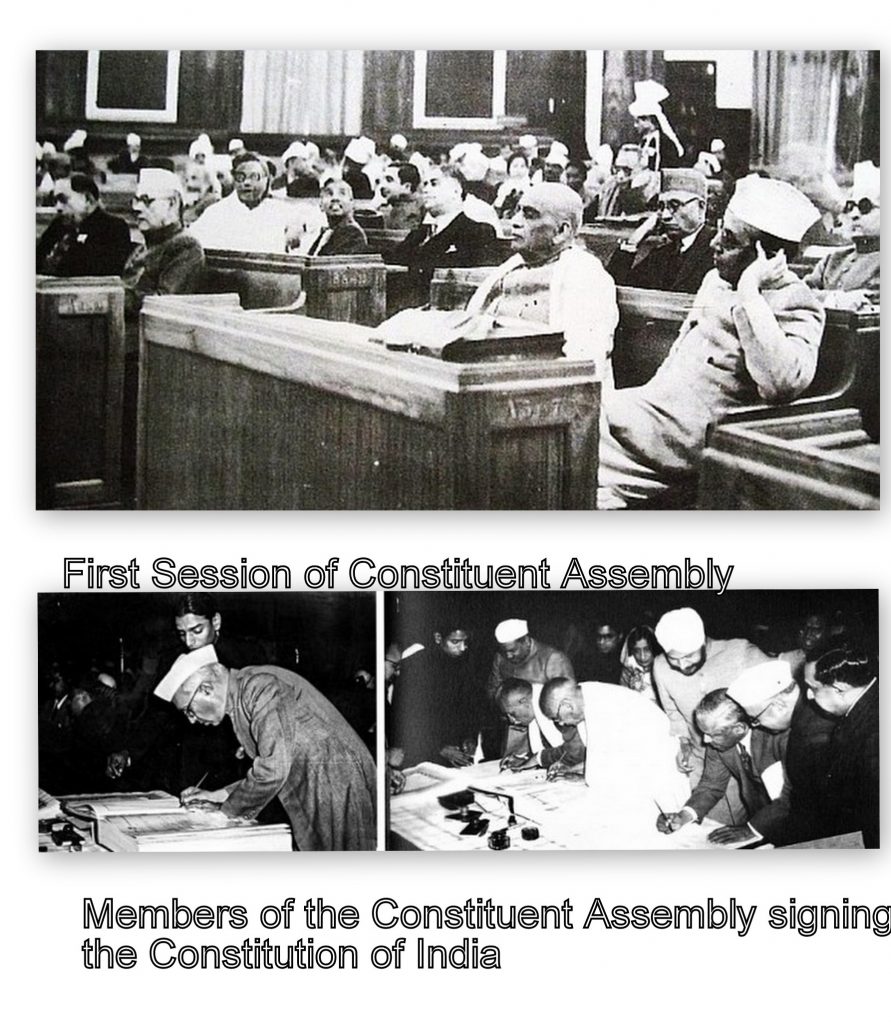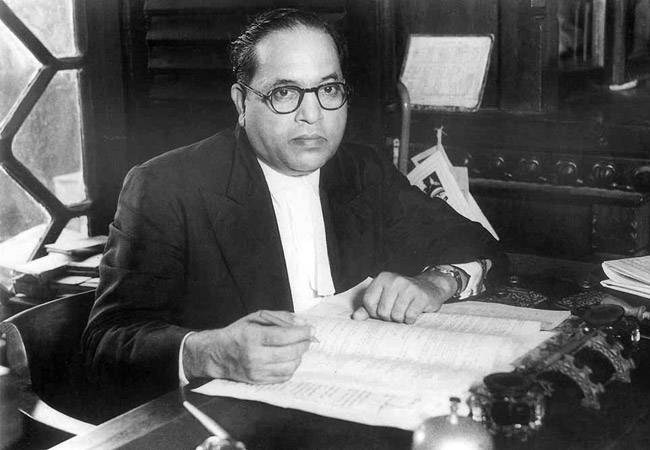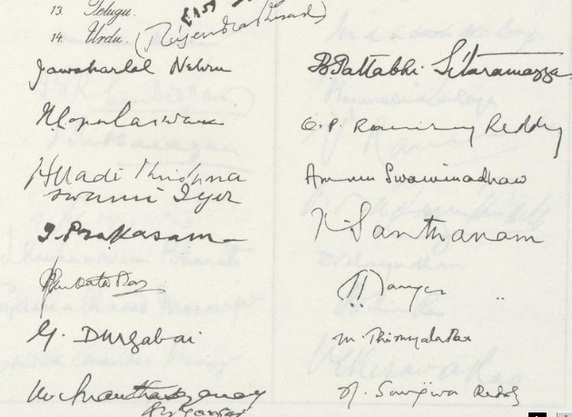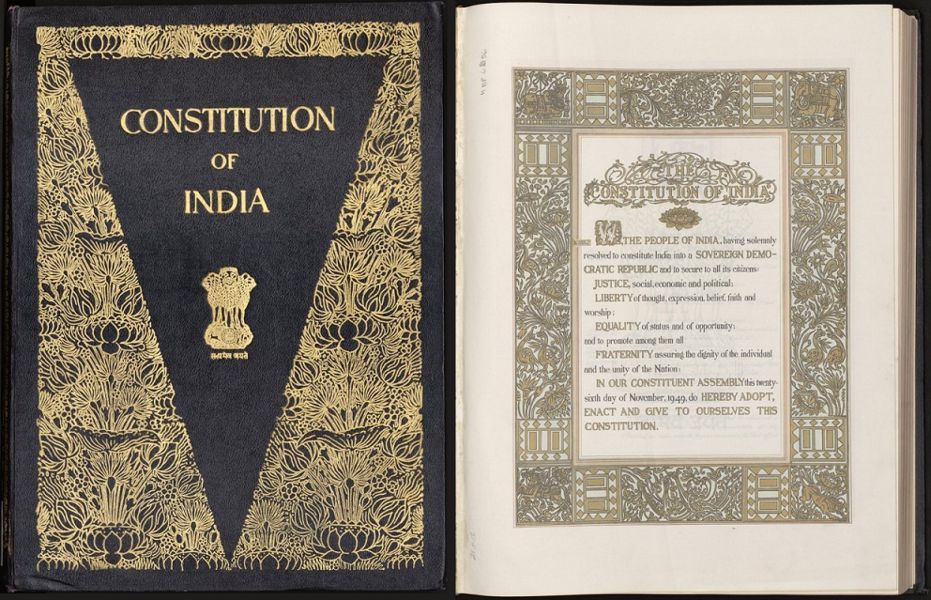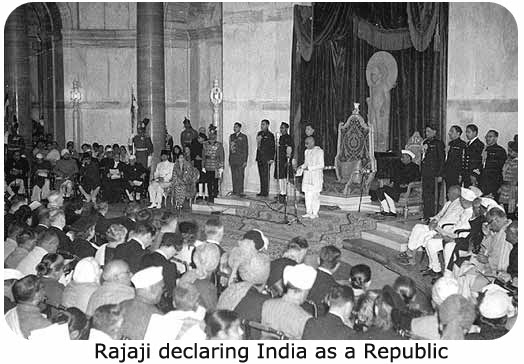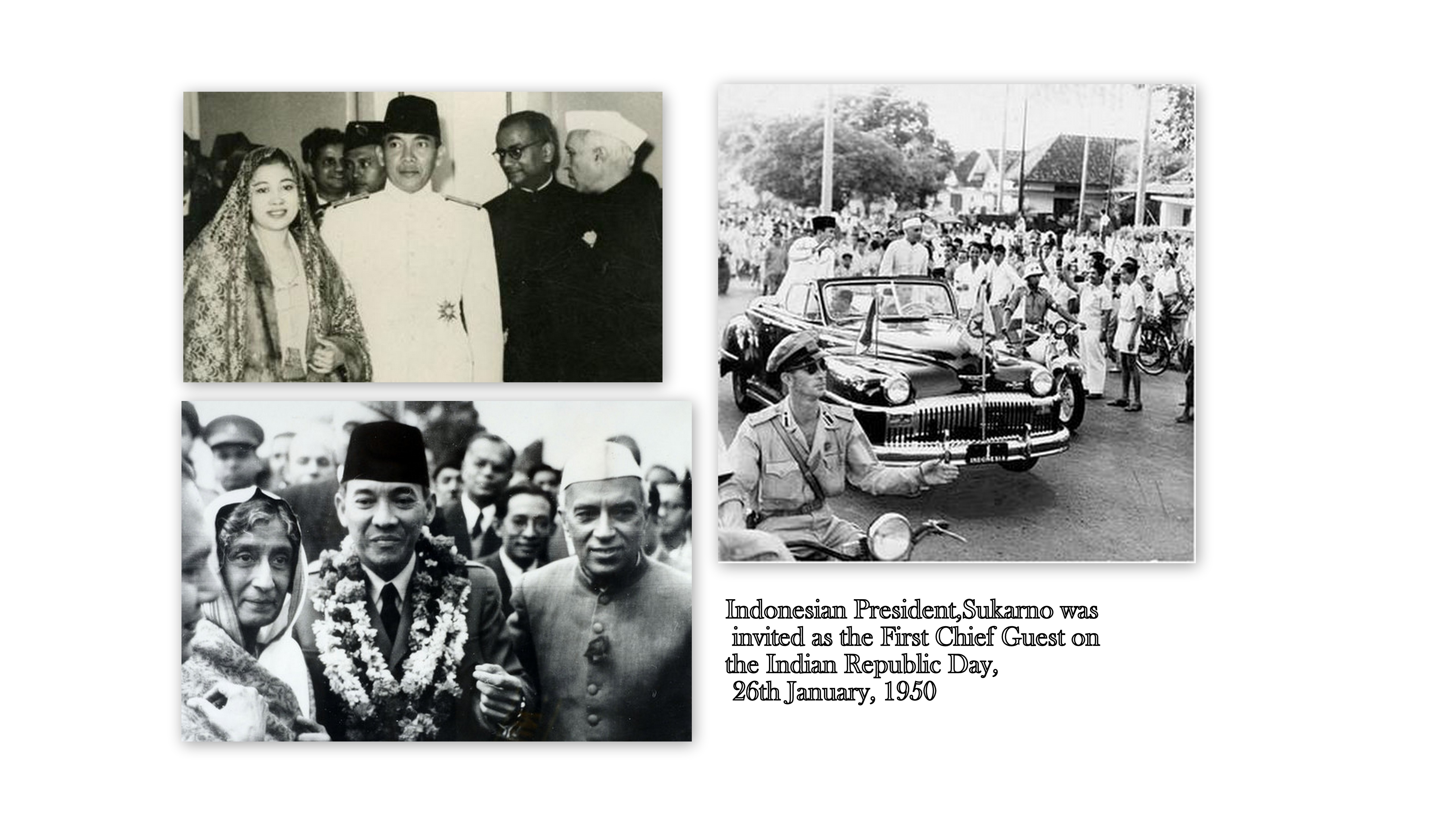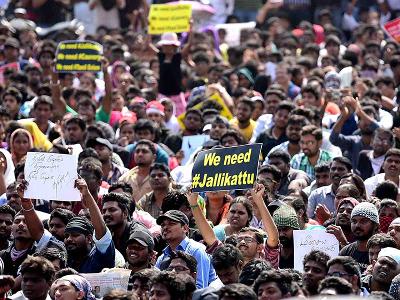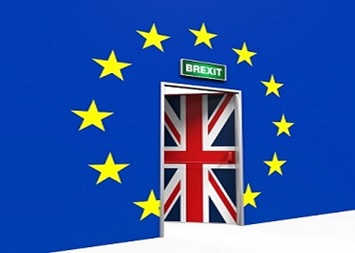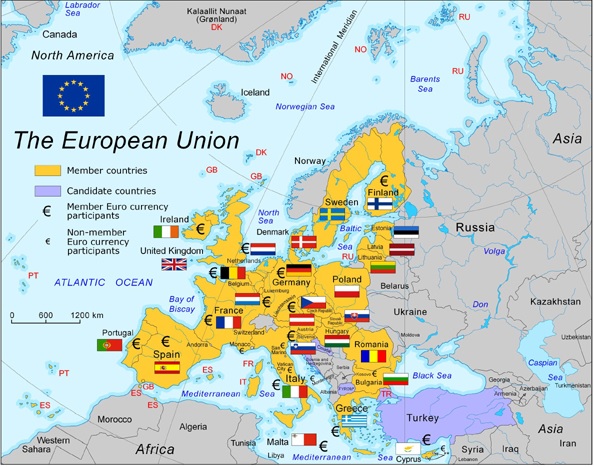Is India Ready For Digitization?

The word “Digitization” is very frequently used nowadays. Just like those 100 years of Renaissance during French Revolution, now the world has dragged itself into a race of Digitization, a total revolution in keeping and preserving their work virtually rather physically. It just means to transform into a PAPERLESS WORLD ahead
Digitization is a medium by which any transaction or any records whether it is a document, picture, sound or signal, etc. are saved in the computer as a soft copy. Thereby it reduces the space for papers in any form like bond paper, picture, photograph, books, and even cash. Subsequently, we can find a drastic change in the world which is stepping into Future Digital World. Therefore, we find that the information and communication technology has almost engulfed the entire world slowly.
In the world’s ranking for Digitization in Economy, India ranks 91st position out of 139 countries. This shows how much India is lagging behind and how much effort should be made to at least be at a pace. The top ten countries are 1) Singapore 2) Finland 3) Sweden 4) Norway 5) United States 6) Netherlands 7) Switzerland 8) United Kingdom 9) Luxembourg 10) Japan.
Around 65 percent of Indians use cash as their primary transaction. To make a step forward for Digitization, people have to rely on non-cash payment option. Therefore the previous year, on November 8th , 2016, The Indian Prime Minister, Mr. Narendra Modi, had made an announcement of terminating the use of notes of old Rs500/- and Rs1000/-. The two notes which were taken back by the government had constituted 86% of cash circulation in the country. The last day to deposit the two notes was December 31st,2016.
Thereafter two new notes; Rs500/- and Rs2000/-, were put in forth with a view to controlling the black money inflows as well as monitor the entire transactions. The whole nation had been seen queued hours together near ATMS and banks either to deposit or to withdraw money. Additionally, the money withdrawal limit was placed in order to reach each and every hand. The drastic step taken by the ruling government had accentuated several questions and opinions across the country.

Let us discuss, what are the Affirmative Views upon this suddenly implemented action upon countrymen
I have tried to jot down into points
- The abrupt and impulsive decision has given a serious progression to change into more usage of plastic cards (debit/credit), mobile wallets and more of an internet transaction.
- It has given a thought in each of us that we should accept digitization like other countries
- The surprise execution has in a way pressurized many of those, to open an account that did not have a saving account in a bank.
- It also gave a sudden blow to those who had hoarded lots of cash in the form of notes of Rs1000/- and Rs500/-. Thereby the only way which the money could be exchanged was to deposit into the banks. Thus, it is a form of their income revelation scheme where they have to claim their wealth accumulated
- The wave effect of the initial stage has also impacted much in Small Term Enterprises (SME) and disorganized retail shops, where maximum transactions are by cash payment. This decision has given an opportunity to change into the digital transaction
- There are reports where Hawala Transactions and counterfeit currency, i.e. fake notes, were deeply affected by this deadly knock-back. It has squeezed the pockets without much notice. Moreover, the Government has started monitoring every transaction in a much cleaner way.
- Additionally, the outcome of demonetization has also given a set back in Terror financing as well.
- The government claims that around 13 lakh crore has been deposited by the citizens constituting 70 percent of the countrymen. Thus now Income Tax Department could scrutinize the deposits and those who did not deposit.
- Real Estate is under a deep vigilance where it is believed mostly erected by the business deal of black money.
- Various forms of Donations which were made in cash transformed to the digital medium.
- Paytm, one of the digital wallets had a sudden outpouring in transactions. As a consequence, the boost had triggered to adapt Paytm everywhere, even tea stalls, small term vendors, hawkers, vegetables and fruits sellers and all other small scale retailers.
- Indian Finance Minister, Arun Jaitley has also given a statement that it is an effort to restrict over expenditure and also to change the current lifestyle before implementing the Goods and Service Tax.

People in queue outside Banks and ATM post announcement
Apart from the positive opinions, many have claimed it to be an attempt which is hastily taken.
Let us look into the Negative Side of this decision
- The first and foremost issue was that though the Announcement was made, but it was badly executed. There were no prior arrangements made to curb this currency crisis. The decision was abrupt and incompetently bestowed upon the common men.
- The sudden flush out of 86% of high – value notes in the cash circulation had deeply affected the economy of the country. Thus, it has brought in hyperinflation in the country. Inflation affects all groups, whether rich or the poor; law abiders or those who violate the law.
- When the announcement was made, people had moved out of their home to search for ATMs. They had to be in the crawling queue for hours together either to deposit or to withdraw the money. The sudden impact was as such that people were panic-stricken and got disoriented in their schedules.
- There was an ultimate cash dearth where many of the ATM’s ran out of cash. Furthermore, there are a few banks in the remote villages, where the cash was not accurately arranged to distribute among the people whosoever had their account. This also shows how the situation was mismanaged and non-coordinated.
- Owing to long hours of being in the queue, several people were reported to have passed away. Those who required medical help were also deprived to stay in hospital as the hospital denied accepting the old notes.
- We could also find how indecisive the RBI was, during the entire scenario. The sudden impact was as such that the every alternate day there was a pronouncement made at the Union and RBI. This was exceedingly affecting the common people.
- In India, around 75 percent are believed to be literate and 22 percent of the entire population is below the poverty line. The announcement has given a setback to those helpless and vulnerable groups who are deprived of basic facilities. This merely created havoc in their meager living.
- The main occupation of India is Agriculture. This declaration had also adversely affected Agriculture as well. The demand for perishable goods like the vegetable, fruits, milk, eggs and other agriculture products was heavily reduced. Thus, it had forced several farmers to scrap the produce on roads or dump yard due to disappointment.
- The transportation, which is the major network connecting people also was affected as the major chunk of the payment done is only through cash. Toll junction of the highways had lots of stranded queue due to the cash crunch.
- There was a drop in E-Commerce; thereby people opted for online payments rather cash on delivery. Thus, those companies had to face sudden cancellations of products and decline in cash on delivery.
- The worst hit after the demonetization has been in the service sector includes trade, restaurants, transport and communication, real estate etc.
- The value of Indian Rupee had a drop post demonetization. On January 11, 2017, World Bank has lowered the percent from its earlier estimation of 7.6% made in June to 7%.

As we all have learned no rules have been implemented without any chaos. The initial ripple effect definitely has brought several shortcomings, but it is also for future advancement. There is a saying Rome was not built in a day, clearly, approves that we have to march ahead with acceptance of new thoughts and new concepts to jump into this competitive world.
Digitized Economy would approve the gateway to the succession. The mayhem of demonetization would have affected the country’s economy, yet many are not disapproving the concept presented.
Let us be optimistic for treading the forthcoming years to reach the objective of the digitized economy.





































